Everything we do at Oyster Heaven is based on scientific research, lab and field testing. Here you can find an overview of our our research and published papers.
Marine conservation and oyster restoration are certainly not new. There are numerous ongoing studies and projects in existence.
However, at Oyster Heaven, our primary focus is on enhancing the efficiency of oyster restoration.
To achieve this goal, we engage in a systematic scientific research process, which includes:
We are committed not only to recognising the ongoing initiatives but also to actively collaborating and engaging with knowledge institutions to improve methodologies and push the boundaries of oyster reef restoration
Enhancing the efficiency of oyster restoration is a crucial step, but it’s equally important to implement it on a large scale. To achieve this, we’ve developed a model that assesses and values the ecosystem services offered by oyster reefs.
Our efforts aim to investigate and quantify the impact of oyster reefs on the environment:
With this approach, our goal is to establish a broader framework that recognises and values the numerous contributions of oyster reefs to the ecosystem.
We are very grateful and proud to be working on our research with the following institutions:

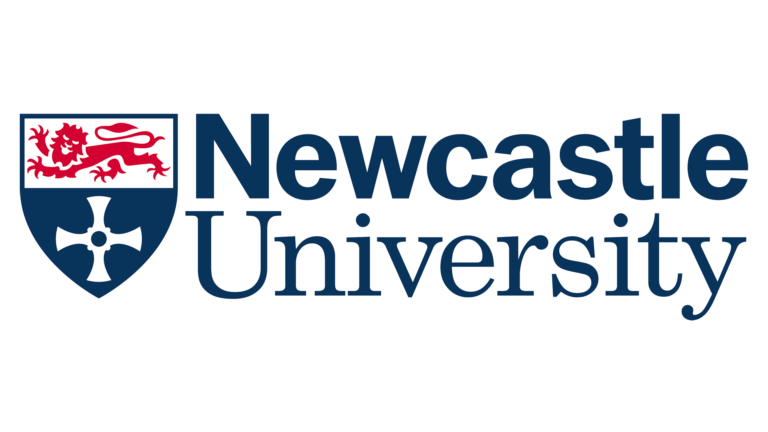






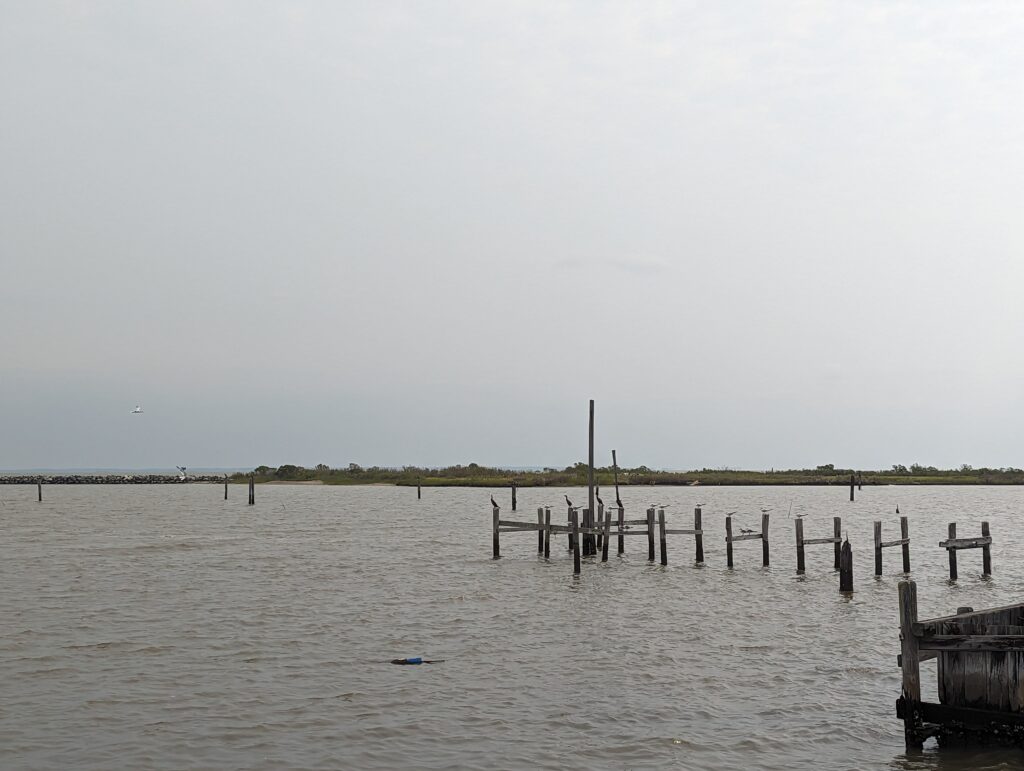
We undertook desk research to compile a list of key criteria for the European Native oysters and use it to evaluate each site where we consider restoring an oyster reef. These factors include water characteristics, salinity, oxygen levels, nutrient levels, temperature, currents, the biodiversity of the area, possible predators, and existing infrastructures among others.
We also take into consideration the existing environmental policies of each site, to adapt and act accordingly to what is necessary for that area.
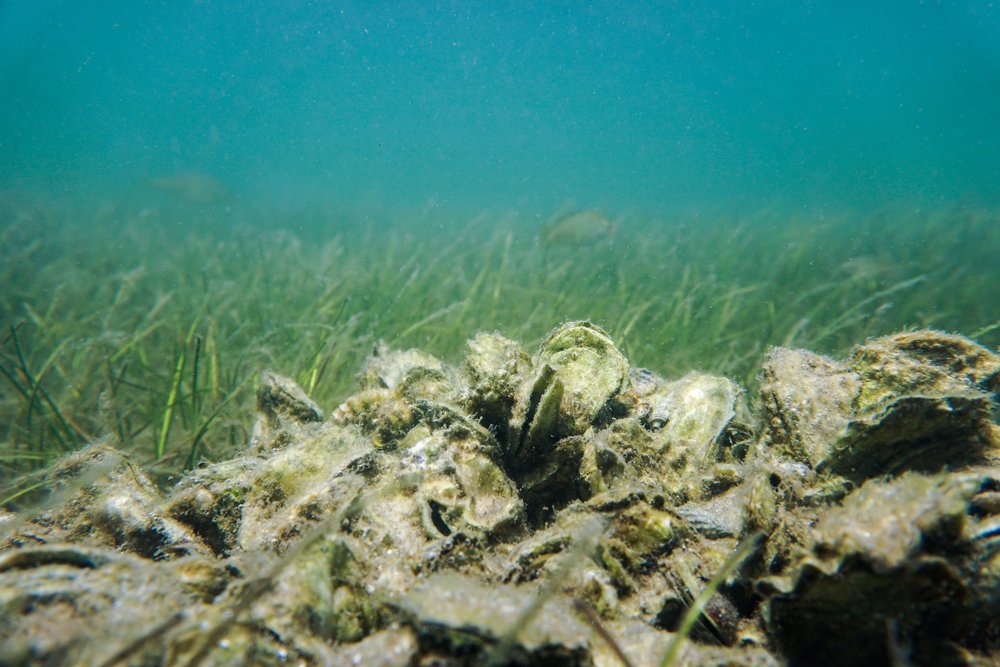
Critical Mass is the number that represents the density and number of oysters required for ecosystem takeoff.
We only deploy oyster reefs with a minimum of 3.75 million oysters, as that is what we consider a safe critical mass for the reef to thrive.
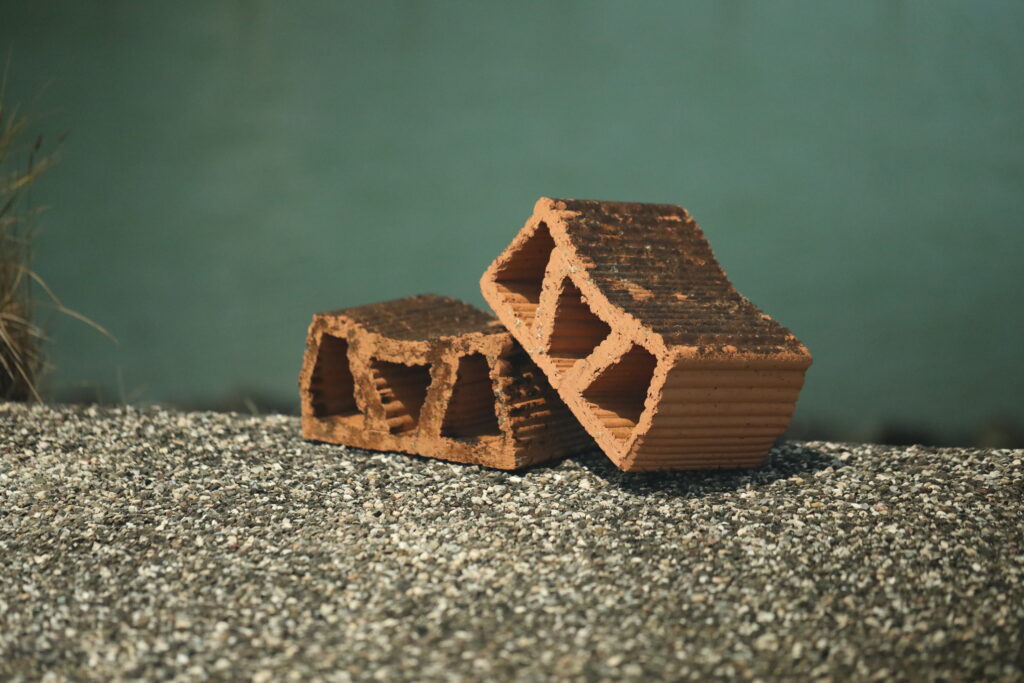
The choice of substrate also often limits the scale of a project. While the ideal substrate for oysters to settle on is other oyster shells, we don’t have enough shells to restore the trillions of oysters that are gone.
For this reason we created the Mother Reef, a sustainable structure made of clay that can be produced inexpensively by traditional brick factories anywhere in the world.
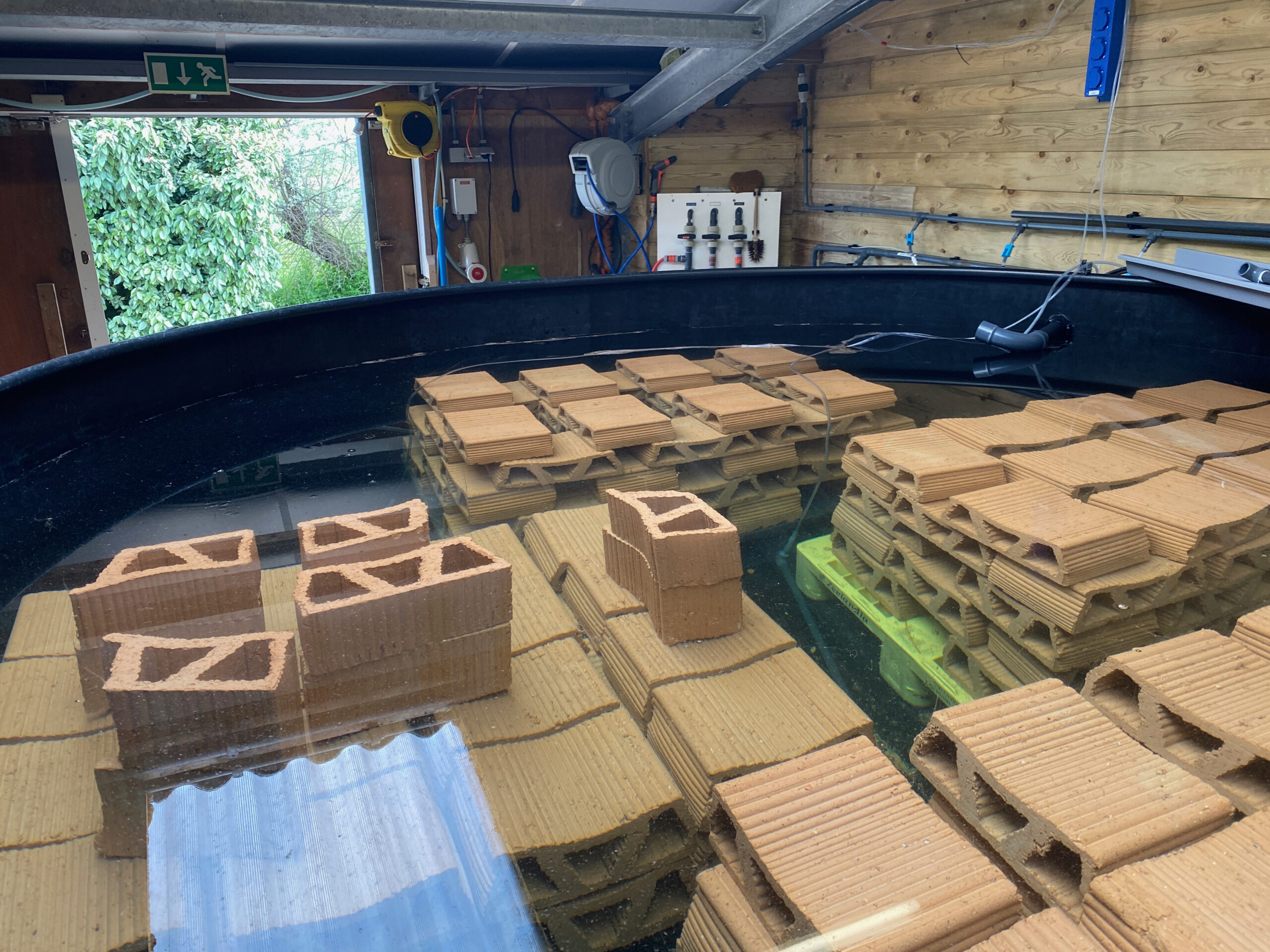
Our research has proven that biofilm on the substrate increases the settlement rate of oyster larvae on the Mother Reef. We allow biofilm formation during the weeks prior to the release of larvae.
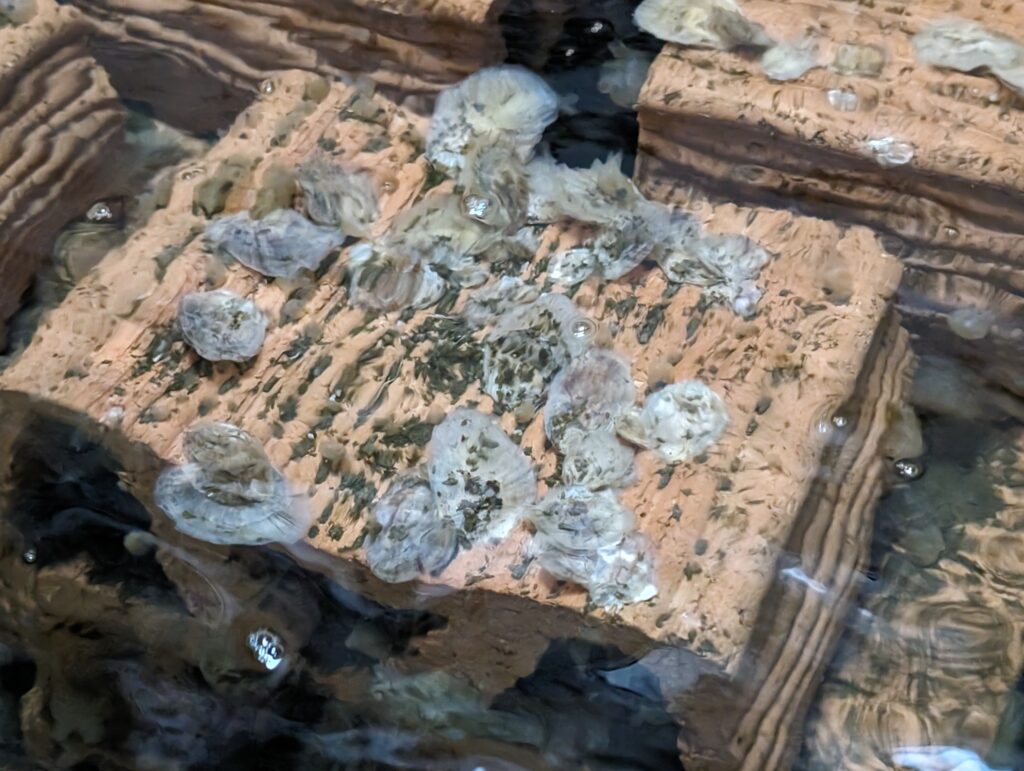
We do larvae settlement on land in a controlled environment to ensure the maximum settlement rate on the Mother Reefs. and monitor the survival and growth of oyster spats before deployment into the sea aiming for a minimum of 50 spats per Mother Reef on average.
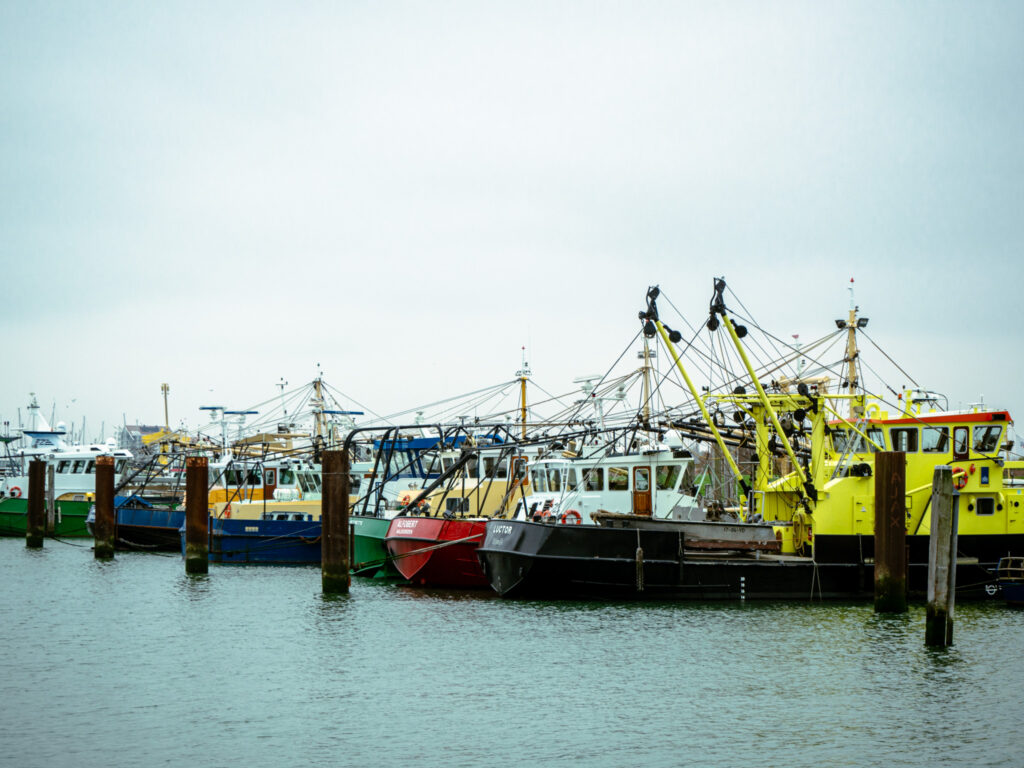
Once oyster spats have reached an age and size sufficient enough to thrive in the wild, the Mother Reefs will be transported into boats and local fishermen will use their equipment and boats to plant them in the sea.
Characterisation of the bacteria and archaea community associated with wild oysters, at three possible restoration sites in the North Sea
This experiment established a baseline for the monitoring of the bacterial and archaeal community associated with wild oysters.
The microbial profiling was carried out through DNA analysis of samples collected from the surfaces of oyster shells and their substrate, sediments and seawater.
As expected, Proteobacteria, Bacteroidetes, Firmicutes and Thaumarchaeota dominated the top 20 OTUs. The study suggests site specific microbiome shifts, influenced by the presence of oysters and the type of substrate.

Characterisation and investigation of the role of oyster shell biofilms in oyster larvae settlement for use on clay “Mother reefs”
The biofilm study plays a key role in the investigation of the most suitable option for oyster restoration as it is believed that the microorganisms in the biofilm emit cues which allow larvae to locate the settlement substrate.
Therefore, coating the Mother Reef with the right biofilm should facilitate oyster larvae settlement allowing for large-scale restoration.
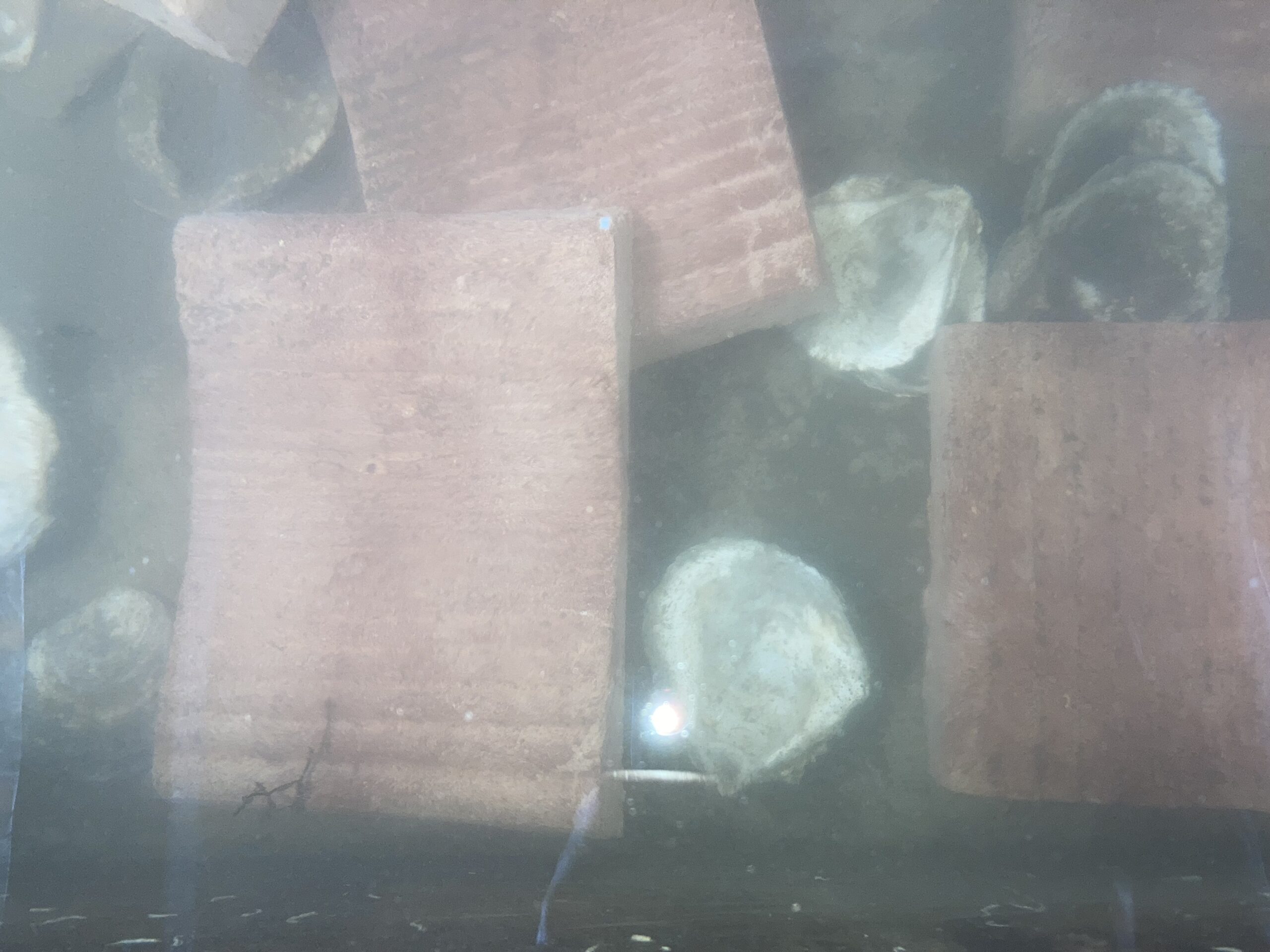
Upcoming papers
We are currently working on the following papers: